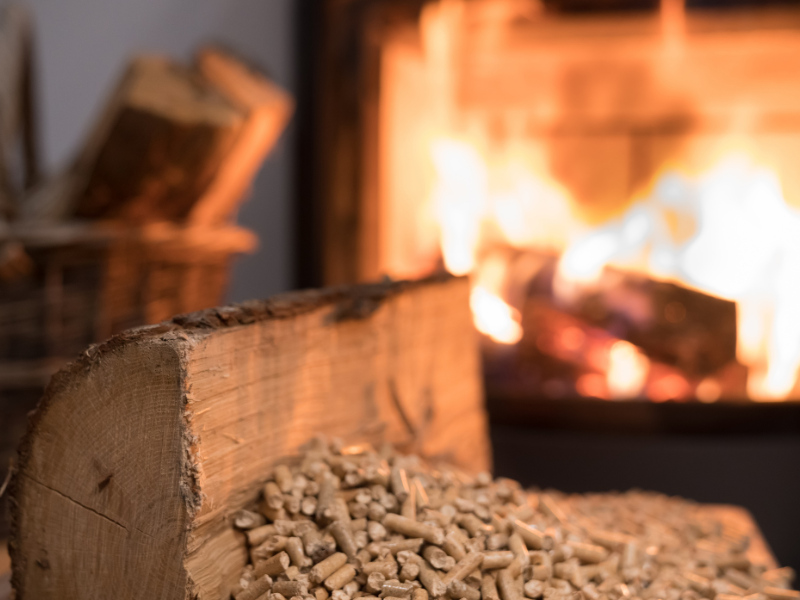New SPHTM study provides roadmap for future in-home air pollution research

A new Tulane School of Public Health and Tropical Medicine-led study provides insight into household air pollution as well as the development of exposure models that can facilitate large-scale indoor air pollution related studies, particularly in low- and middle-income countries.
Environmental Health Sciences Assistant Professor Mostafijur Rahman spearheaded the study published in the journal Environmental Pollution. “Assessing household fine particulate matter through measurement and modeling in the Bangladesh cook stove pregnancy cohort study,” demonstrates how ambient air pollution coupled with surveyed household characteristics can provide an improved prediction of indoor air pollution levels.
The takeaway from the work, done in collaboration with researchers from the University of Southern California, is that indoor air pollution levels can be predicted with high confidence instead of deployment of large-scale expensive air quality monitoring sensors, making it easier to study health effects on mothers and children -- and potentially prevent health issues or death due to poor air quality.
Bad home air quality is a significant problem throughout the world, especially in low- and middle-income countries. That is due in part to the prevalence of people using biomass fuels (such as wood) for cooking, but also because the ambient (outdoor) air quality is poor to begin with.
According to a 2022 World Health Organization (WHO) report, over 2.4 billion people worldwide use biomass fuels for cooking. In Bangladesh, approximately 88% of the population (around 150 million) relies on biomass fuels for cooking.
“Biomass burning contributes to hazardous levels of household air pollution,” said Dr. Talat Islam, Assistant Professor at USC’s Department of Population and Public Health Sciences and senior author of the study. “The exceedingly high levels of air pollution exposure, a complex chemical mixture that includes particulate matter and other toxic organic and inorganic pollutants, make it detrimental to health.”
Previous studies had focused on air pollution measurements near sources such as cookstoves. Those measurements were insufficient to accurately estimate personal exposure in different locations within the home, and at times other than when cooking.
“To better characterize the household air pollution, we utilized the technological advancements in exposure measurement technique and simultaneously measured air pollution in three different locations within each of these households (kitchen, bedroom, and open space) and provided valuable and resource-saving insight for future studies interested in estimating household air pollution in a similar setting,” Rahman said.
The primary novelty of the new study, according to Rahman, “lies in the development of models utilizing data on household characteristics and ambient air pollution.”
That ambient air pollution, generally overlooked in household air pollution epidemiological studies, dominated household air pollution levels in the study.
The model was developed using data from 74 rural and semi-urban households and subsequently applied to the remaining 916 households within the Bangladesh Cook Stove Pregnancy Cohort Study.
